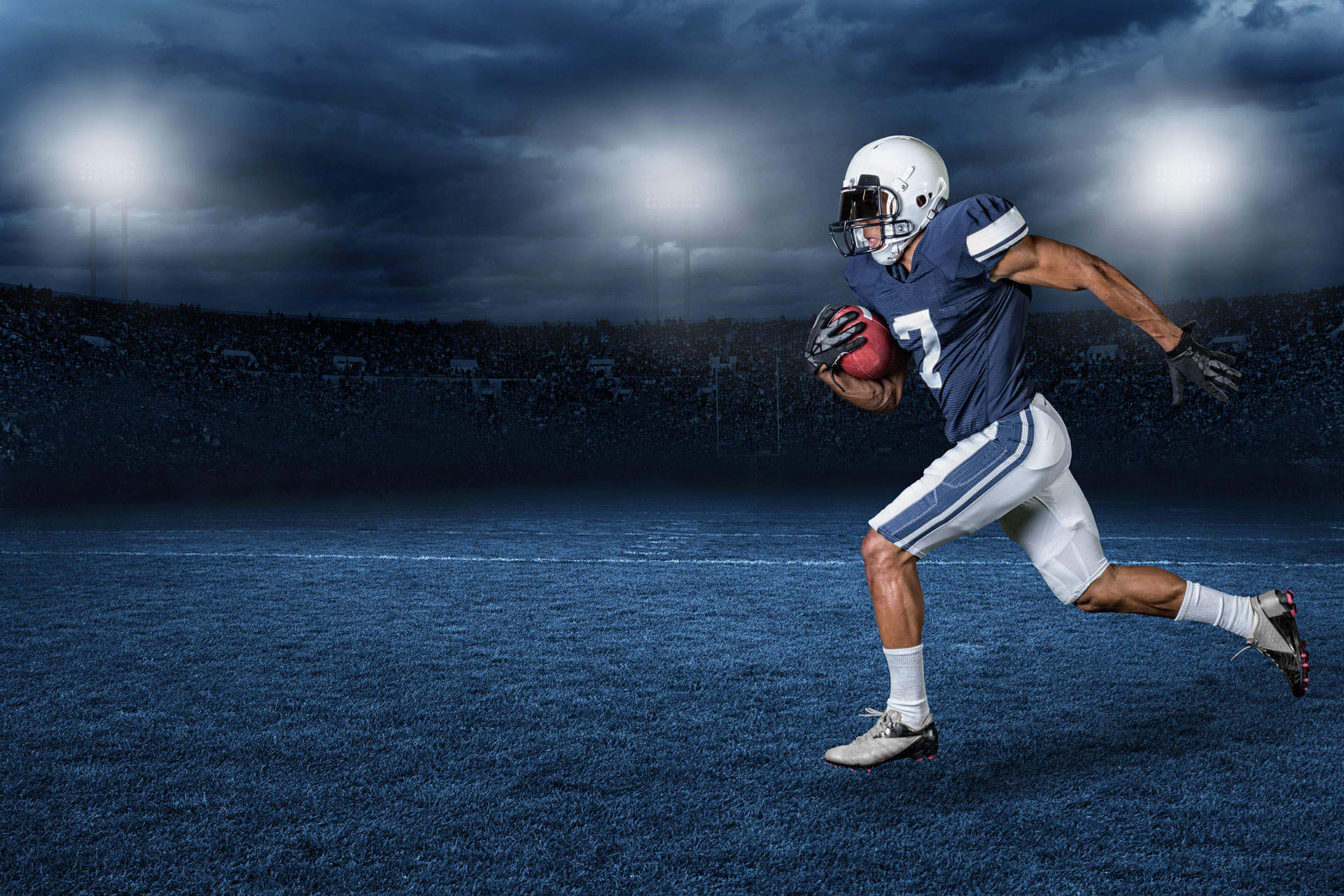
For the 2018 season the National Football League (NFL) and Zebra Technologies have teamed up once again, using radio-frequency identification (RFID) tags to provide real-time player tracking for teams, broadcasters and fans during the sport’s international games in London. The NFL technology is proving invaluable.
Technology has been used both on and off the field by the NFL for years, but according to Zebra the information gathered from the RFID tags brings a new level of context to the sport, as well as more precise player tracking capabilities.
“It’s one thing to be able to be able to measure a player running a 40-yard dash with a stopwatch, but if you put 22 men on the field and try and track all of them in their positions with stopwatches that would take an army at best,” explains John Bacon, director of game day operations for Zebra.
“So, the tracking technology provides a great solution for them to track within inches, the position of every player at all times.”
How RFID is being used to bolster NFL technology
To capture the data, Zebra fits two RFID tags to the shoulder pads of each individual player. As long as that player doesn’t need to change pads, those tags can be used to measure metrics such as player speed, distance travelled, acceleration and deceleration throughout the entire season, including during the NFL London games.
Tags are also attached to play officials and the pylons dotted along the side line of the field, to enhance the positional and event data recorded from the players. Once this data has been collected, the NFL distributes the information to downstream consumers through its Next Gen Stats platform.
How well do you really know your competitors?
Access the most comprehensive Company Profiles on the market, powered by GlobalData. Save hours of research. Gain competitive edge.

Thank you!
Your download email will arrive shortly
Not ready to buy yet? Download a free sample
We are confident about the unique quality of our Company Profiles. However, we want you to make the most beneficial decision for your business, so we offer a free sample that you can download by submitting the below form
By GlobalDataThis season marks the fourth year that Zebra has been the official on-field player tracking provider for the NFL, but in 2018 the organisation has introduced a new use for the data, by releasing the data from every team in every NFL game played throughout the season.
This means that within a week of the game finishing, both teams will be provided with their opponent’s’ player statistics from that match, which coaches can use to inform future game play and monitor the performance of players.
“Strength and conditioning coaches have really been some of the early adopters of the technology,” says Bacon.
“They can look for things like: is a player who might be recovering from an injury up to speed and performing at the level they would expect prior to that particular injury? That’s a great piece of information to have, that level of confidence that you know how a player might be performing outside of game day as well as on game day.”
Eyes on the ball
In addition to the tags worn by the players, Zebra has also collaborated with the Wilson Sporting Goods, supplier of the official game football, to incorporate RFID tags into the bladder of the football.
Given the importance of the game ball in an NFL game, any changes to the dynamics, weight or balance of a ball could create controversial issues for the organisations.
In order to ensure that the tagged ball maintained the high performance expectations of plays while adhering to the NFL’s specifications for football games, Zebra and Wilson conducted an expensive two-year testing period to determine the optimal size and location to embed the tag before finally introducing the tagged balls during the 2017 season.
With the tag in place, Zebra can able to collect ball data at twice the rate of player tracking data as the ball travels at more than twice the speed of the players.
This includes the speed of a pass, the rotations on the balls as it travels through the air, even the likelihood of a player catching the ball. Not all of this data can be used by teams, but for the NFL and broadcasters, this surplus information can be used to produce interesting stats and trivia to entertain fans.
“I think it’s going to add a new depth to the game,” says Bacon. “From a fan experience, I know seeing these statistics is just going to make it more interesting throughout the entire game, whether you’re in the seats or whether you’re at home watching.”



